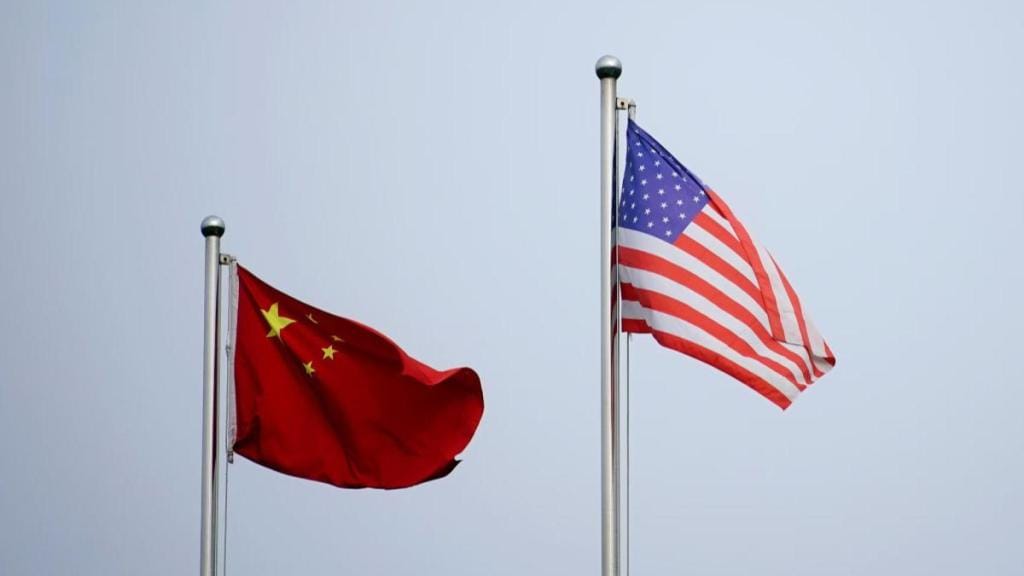China’s response to US tariffs through a combination of new tariffs on US goods and export controls on essential metals shows a strategic, multifaceted approach to managing its trade relations with the U.S. and asserting its economic influence globally.
Here is a breakdown of the key elements of this response and their potential implications:
Retaliatory Tariffs on US Imports
Targeting Specific Sectors: China’s decision to impose 15% tariffs on coal and liquefied natural gas (LNG), along with 10% tariffs on crude oil, farm equipment, and certain vehicles, highlights a planned approach that balances pressure on the US with strategic economic management. This is not a broad-based retaliation but a targeted one, aimed at specific sectors without completely undermining China’s own economic stability.
Coal and LNG: China’s import of US coal is relatively small, and its natural gas imports are largely diversified. However, the tariffs on LNG (which accounted for about 6% of China’s LNG imports from the US last year) might disrupt some energy trade flows, though China has alternative suppliers such as Australia and Russia. This makes the move largely symbolic, demonstrating China’s ability to affect US exports without creating long-term energy supply disruptions.
Crude Oil: While the US has become a significant exporter of crude oil, China remains a key consumer, particularly in the context of its growing energy needs. A 10% tariff on US crude oil may prompt China to seek other suppliers, but it is unlikely to drastically alter China’s broader energy strategy in the short term, given the size of the global oil market and China’s diversified sources.
Farm Equipment and Vehicles: These sectors are more targeted toward US manufacturers with large operations in China. The tariff on agricultural machinery and vehicles could hurt companies like Caterpillar, Deere & Co., and others with significant exposure to the Chinese market.
Main aim of these tariffs
The primary aim of these tariffs is to signal that China is ready to engage in economic warfare, if necessary, but is also managing its response to avoid full-scale disruption. By focusing on sectors where China has leverage (such as LNG and crude oil) while avoiding critical areas like semiconductors, China sends a message that it can escalate tensions but is mindful of not disrupting global markets too severely.
Export Controls on Critical Metals
The export controls on five critical metals like tungsten, tellurium, bismuth, indium, and molybdenum, represent a far more potent form of retaliation. These metals are indispensable in a variety of industries, including defence, electronics, and clean energy. China is the dominant supplier of these materials, making its export controls a powerful tool in both economic and geopolitical manoeuvring.
Tungsten and Defence Applications: China produces about 80% of the world’s tungsten, which is used in defence applications, including armour-piercing ammunition. The US stopped mining tungsten in 2015, and the US has little domestic production of this critical material.
Impact on Clean Energy: China’s dominance of materials like tellurium, indium, and molybdenum also places it in a central role in the clean energy transition, where these materials are used in solar panels, electric vehicle batteries, and other green technologies. The US and other developed countries are heavily dependent on Chinese exports of these metals, which makes any interruption of supply a significant concern for the green energy transition.
By controlling these essential materials, China is not just retaliating economically but also reinforcing its position as a critical player in global supply chains, particularly for high-tech industries. This strategy enhances China’s geopolitical clout, as it can effectively hold the US and other countries hostage to their dependence on these resources.
Supply Chain Disruption: Any significant disruption in the supply of these metals could lead to increased costs and delays in the production of high-tech goods and defence systems in the US. This would have effects on global supply chains, especially for industries relying on these raw materials. The long-term impact could include stunted innovation in both defence and green tech sectors in the U.S. and other developed countries.
WTO Challenge and Legal Implications
Beijing argues that the US tariff hikes violate WTO rules, and it has framed its actions as a defence of international trade norms.
The WTO could play a pivotal role in resolving this dispute, but the institution itself has been weakened in recent years due to prolonged dysfunction. China’s challenge at the WTO will bring international attention to the dispute, potentially increasing pressure on the US to justify its tariffs under international law.
If the WTO sides with China, it could force the US to reverse some of its tariff decisions, but the US may refuse to comply with a ruling it perceives as detrimental to its economic interests. This could set a dangerous precedent for future trade disputes.
Companies with significant operations in China, like PVH Corp. (owner of Tommy Hilfiger) and Illumina Inc. (a leader in genetic sequencing), may find themselves on the receiving end of regulatory scrutiny or operational disruptions in China. The impact of the export controls on materials like tungsten could also directly affect industries like defence and aerospace in the US.

